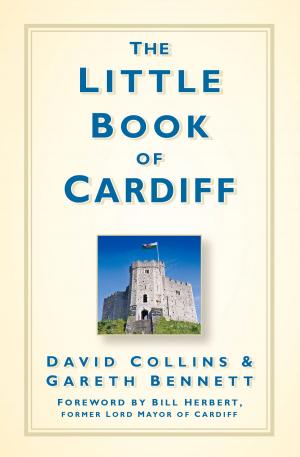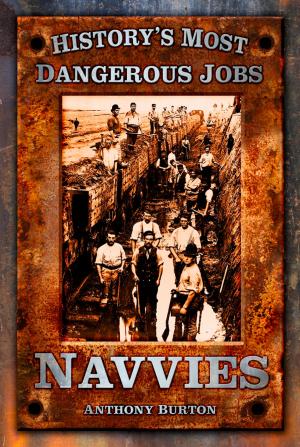| Author: | ISBN: | 9780752474601 | |
| Publisher: | The History Press | Publication: | November 8, 2011 |
| Imprint: | The History Press | Language: | English |
| Author: | |
| ISBN: | 9780752474601 |
| Publisher: | The History Press |
| Publication: | November 8, 2011 |
| Imprint: | The History Press |
| Language: | English |
This book of new research will challenge the traditional narratives of Irish migration, the stories of oppression and exile that form an essential part of the existing literature. It will argue that most of the migrants were not forced by circumstances to leave their country but looked forward to a better life abroad. They were largely opportunists rather than victims, whether financed by the state or by assistance from landlords or philanthropists, or, as by far the majority, by themselves or their families. This was a huge movement of people that formed part of a European migration to the New World. In placing British and Irish migration alongside each other, there is a recognition of the commonalities among both sets of emigrants that will surprise many readers. The poor condition of laborers in 1840s Dorset and Wiltshire were akin to those found in County Cork during the Famine years. British and Irish emigrants were commonly found on the same ships en route to the Americas and Australasia, both settling in predominantly English-speaking countries. Each essay is the result of new research by postgraduates at Bath Spa University. Case studies are set within the broader context of current scholarship and collectively offer a valuable contribution to academic debate.
This book of new research will challenge the traditional narratives of Irish migration, the stories of oppression and exile that form an essential part of the existing literature. It will argue that most of the migrants were not forced by circumstances to leave their country but looked forward to a better life abroad. They were largely opportunists rather than victims, whether financed by the state or by assistance from landlords or philanthropists, or, as by far the majority, by themselves or their families. This was a huge movement of people that formed part of a European migration to the New World. In placing British and Irish migration alongside each other, there is a recognition of the commonalities among both sets of emigrants that will surprise many readers. The poor condition of laborers in 1840s Dorset and Wiltshire were akin to those found in County Cork during the Famine years. British and Irish emigrants were commonly found on the same ships en route to the Americas and Australasia, both settling in predominantly English-speaking countries. Each essay is the result of new research by postgraduates at Bath Spa University. Case studies are set within the broader context of current scholarship and collectively offer a valuable contribution to academic debate.















